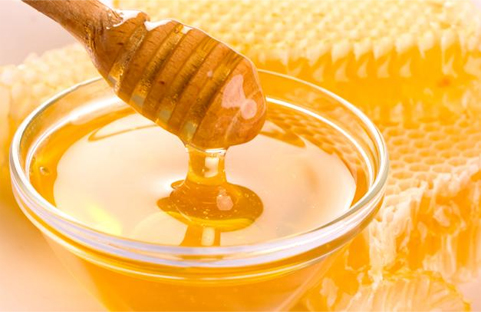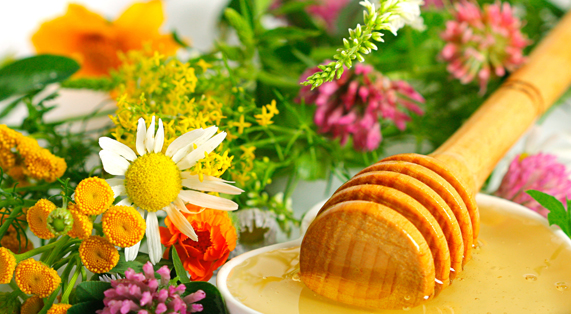الصفة الورثية الخاصة بالسلوك الصحي ضد الفاروا في نحل العسل (Hymenoptera: Apidae)Heritability of the Varroa-specifec hygienic behaviour in honey bees (Hymenoptera: Apidae)
الصفة الورثية الخاصة بالسلوك الصحي ضد الفاروا في نحل العسل (Hymenoptera: Apidae)
Heritability of the Varroa-specifec hygienic behaviour in honey
bees (Hymenoptera: Apidae)
By O. BOECKING 1, K. BIENEFELD 2 and W. DRESCHER1
الصفة الورثية الخاصة بالسلوك الصحي ضد الفاروا في نحل العسل (Hymenoptera: Apidae)
المستخلص:
يعتبر السلوك الصحي في نحل العسل صفة كامنة تشترك مع صفة المقاومة لحلم الفاروا n.sp. ، وفي هذه الدراسة وفي هذه الدراسة فإن الصفة الوراثية الخاصة بالسلوك الصحي لــ Apis mellifera L. تم حسابها على أساس mother±daughter regression . وتم الحصول على البيانات من قياسات السلوك الصحي للنحل ضد العيون المصابة بحلم الفاروا المدمر وأيضا ضد الحضنة المثقبة الميتة. الصف الوراثيةالخاصة بالسلوك الصحي للعيون المصابة بحلم الفاروا المدمر كانت h2.0.18 (+0.27) and h2.0.36 (+0.30) وذلك بالنسبة للسلوك الصحي بإتجاه عيون الحضنة الميتة. التكرار كان أعلى بالنسبة لتقييم عيون الحضنة المثقبة الميتة (W.0.46) مقارنة بالتقييم الذي يستخدم عيون الحضنة المصابة بالحلم وكانت قيمته (W.0.24) . الإرتباط الوراثي بين ردود الأفعال السلوكية لكل من عيون الحضنة المصابة بالحلم أو العيون المثقبة الميتة تم حسابه وكان rg.0.61 (+0.51) وكانت قيمة الإرتباط النوعي rp.0.11 (p.0.28, n.100) . ومنذ أن تم اعتبار الطوائف الصحية سلوكيا انها تقدم مقاومة ضد أمراض الحضنة مثل عفن الحضن الأمريكي والحضنة الطباشيرية، ومما هو جدير بالذكروالإهتمام هو تكثيف التعبير عن السلوك الصحي من خلال عملية التربية الإنتقائية وهكذا نقوم بتقوية هذه الصفات الكامنة والتي تشترك مع صفة المقاومة لحلم الفاروا المدمر في سلالة نحل العسل.
Summary
The hygienic behaviour of the honey bees is considered to be a potential characteristic associated with resistance to Varroa destructor n.sp. In this study the heritability of the hygienic behaviour of Apis mellifera L. bees was estimated on the basis of the mother±daughter regression. Data were
obtained from measurements of the bees’ hygienic behaviour towards V. destructor-infested cells and towards pin-killed sealed brood. The heritability for the hygienic behaviour towards V. destructorinfested brood cells was h2.0.18 (+0.27) and h2.0.36 (+0.30) for the hygienic behaviour towards dead brood cells. The repeatability was likewise higher for the pin-killed brood assay (W.0.46) compared with the assay using living mites-infested brood cells (W.0.24). The genetic correlation between the behavioural responses to either the mite-infested or pin-killed brood cells was calculated to be rg.0.61 (+0.51) and the phenotypic correlation to be rp.0.11 (p.0.28, n.100). Since hygienic colonies demonstrate resistance to brood diseases such as American foulbrood and chalkbrood, it may be worthwhile to intensify the expression of the hygienic behaviour through selective breeding and thus strengthen these potential characteristics associated with resistance to V. destructor in honey bee stock.




